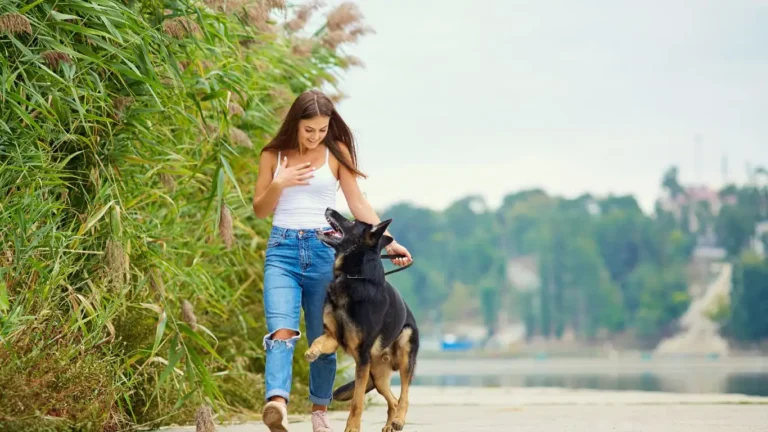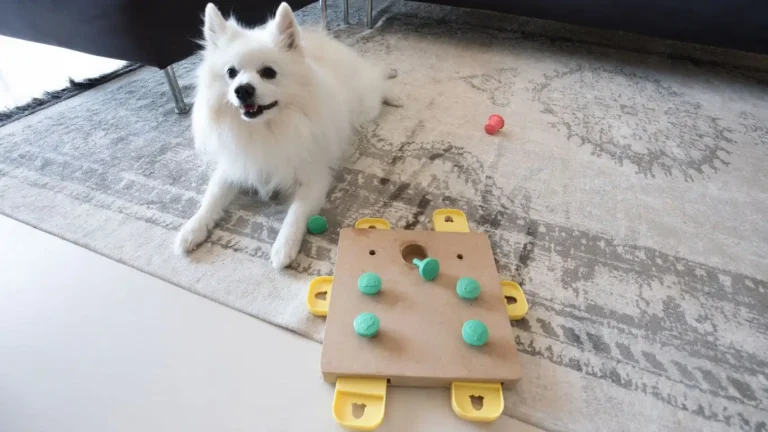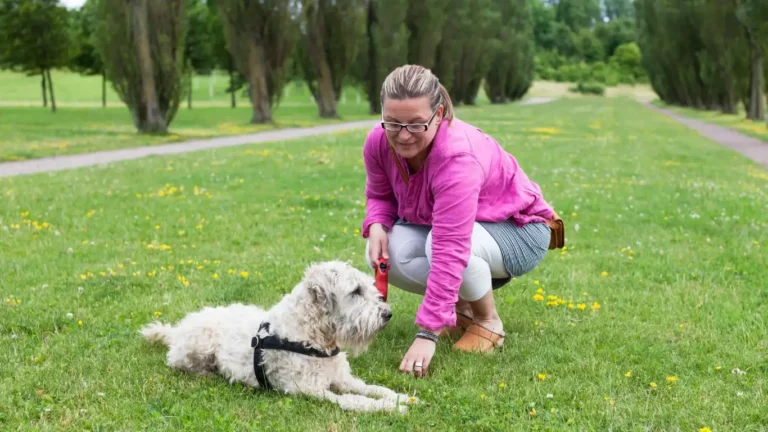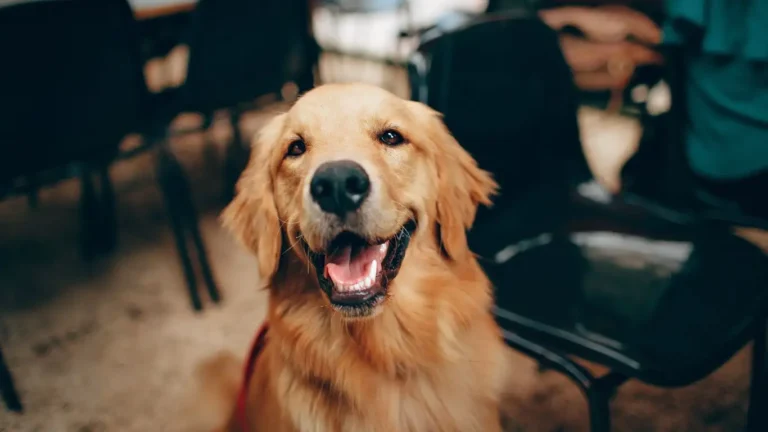How to Train a Dog to Be Comfortable with Sounds for Lasting Results
As a Canine-Assisted Therapy Trainer with years of experience working with dogs in various environments, I’ve seen firsthand how important it is for our four-legged friends to be comfortable around different sounds. Whether it’s the sound of a vacuum cleaner, thunder during a storm, or the blaring sirens of an emergency vehicle, many dogs struggle with sudden noises. This issue can be especially challenging for therapy dogs, who need to stay calm and composed no matter what’s happening around them. So, how do you train a dog to be comfortable with different sounds? It all starts with gradual exposure, positive reinforcement, and a lot of patience.
Understanding Your Dog’s Fear of Sounds
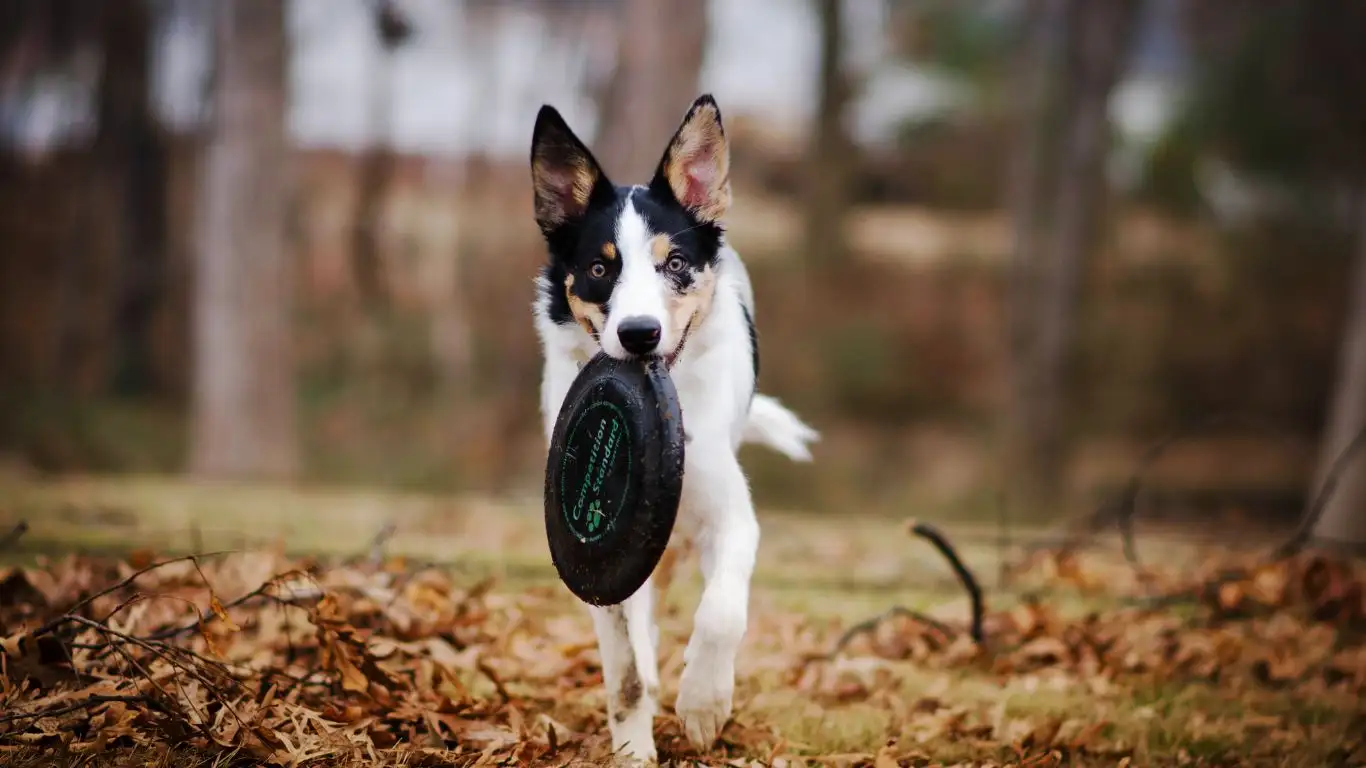
Before diving into the training techniques, it’s essential to understand why some dogs are afraid of certain sounds. Dogs, like humans, have a unique threshold for what they can tolerate. This threshold depends on factors like their breed, early life experiences, and individual temperament. Some dogs are simply more sensitive to noise, while others may have had negative experiences tied to specific sounds.
If your dog reacts with fear or anxiety when they hear a certain sound, it could be because they associate that noise with something unpleasant. For example, a dog who was once startled by the loud sound of thunder might develop a fear of storms. Similarly, a puppy who wasn’t properly socialized may grow up feeling anxious around everyday household noises.
Understanding these triggers can help you design a training program that will address your dog’s specific fears, ultimately teaching them to remain calm and confident in the face of these sounds.
Recognizing Signs of Fear
Before you begin training, it’s crucial to know when your dog is actually scared of a noise. Dogs can’t verbally express their fears, so you’ll need to observe their body language. Signs that your dog may be frightened by a sound include:
- Whining or barking
- Pacing or restlessness
- Tail tucked between their legs
- Attempting to hide or run away
- Excessive drooling or trembling
If your dog is showing any of these signs, it’s time to start working on desensitizing them to different sounds in a controlled way.
Desensitization and Counter-Conditioning: The First Steps in Sound Training
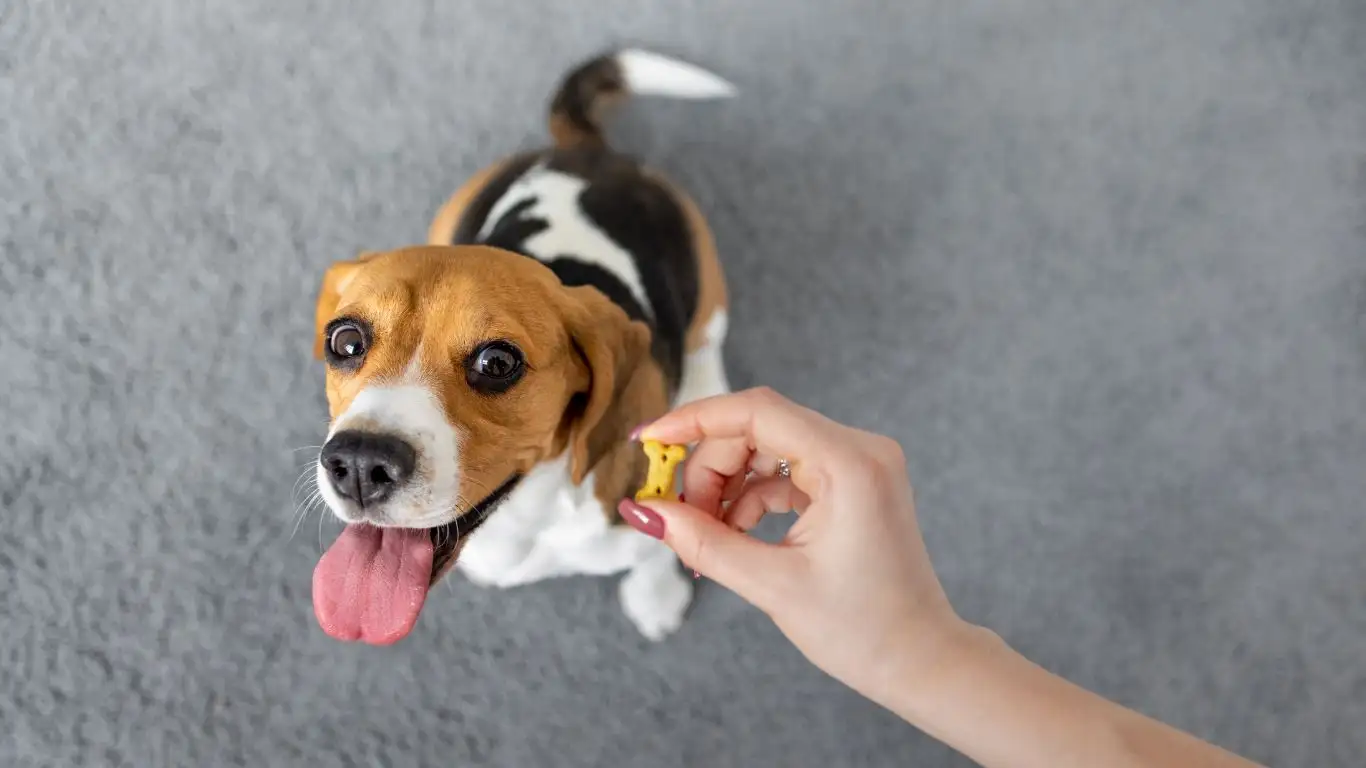
The most effective method for teaching a dog to be comfortable with different sounds is through desensitization and counter-conditioning. These two techniques go hand in hand to help your dog learn that a once-scary sound is actually harmless. Let’s break these down further:
What is Desensitization?
Desensitization involves gradually exposing your dog to the feared sound at a very low intensity, then gradually increasing the volume or proximity over time. The key is to start small and work your way up slowly. Think of it like building your dog’s confidence, one step at a time.
For example, if your dog is afraid of the sound of a vacuum, you wouldn’t start by turning it on full blast while your dog is in the room. Instead, you would start by turning the vacuum on at a very low setting while your dog is in a different room. Gradually, as they get used to the sound, you can increase the volume or move the vacuum closer.
The goal is to create a positive association with the sound, so your dog learns that it doesn’t mean anything scary is happening.
What is Counter-Conditioning?
Counter-conditioning is the process of changing your dog’s emotional response to the sound. Instead of feeling scared, your dog will learn to associate the noise with something positive. The trick is to pair the sound with rewards, like treats, praise, or playtime.
For example, if your dog hears a loud noise, you could immediately give them a treat or engage them in a fun game of fetch. Over time, your dog will start to associate the scary sound with something enjoyable, and their fear will diminish.
Both desensitization and counter-conditioning require consistency and patience. You’re not just training your dog to tolerate the noise—you’re also teaching them that these noises are not a threat.
Building a Safe, Positive Training Environment

When it comes to training your dog to be comfortable with sounds, the environment plays a huge role in the success of your efforts. A safe, calm space where your dog feels secure is essential for their learning process. Avoid distractions, and make sure you’re in a quiet place where your dog can focus on the task at hand.
Additionally, avoid overwhelming your dog by introducing too many sounds at once. If you’re working with a dog who’s afraid of thunder, don’t start by playing the sound of thunder mixed with fireworks and sirens. Keep it simple, and build on each success as you go.
Start Slowly, Build Confidence
Remember, every dog learns at their own pace, so be sure to start with sounds that are less intimidating. This will help your dog feel more confident as they progress through the training. As they become more comfortable, you can gradually introduce louder or more intense sounds. Eventually, your dog will learn to stay calm and collected, no matter what noises they encounter.
Gradual Progression: Advancing Your Dog’s Comfort with Louder Noises

As you continue to work with your dog, it’s crucial to increase the intensity of the sounds you’re exposing them to. Start small, but don’t stay at the same level for too long—your dog needs to be gently challenged to progress. This means gradually increasing the volume or proximity of the sound while keeping your dog in a calm, safe environment. The goal is to slowly build their tolerance without overwhelming them.
For example, once your dog has gotten comfortable with the sound of a vacuum cleaner at a low volume, you can try increasing the volume slightly or moving the vacuum closer. But always keep an eye on your dog’s reaction. If they start to show signs of distress, scale back a little. The key is to find that sweet spot where your dog can still tolerate the sound but isn’t getting anxious.
Increasing the Difficulty Gradually
As your dog becomes more accustomed to one sound, it’s time to introduce new ones. Just like with any other type of training, it’s important not to rush the process. Moving too quickly can cause setbacks and potentially even deepen your dog’s fears.
- First, try exposing your dog to the sound of rain or thunder at a low volume. Once they’re comfortable with that, you can introduce a more intense sound, like fireworks or a doorbell.
- Afterward, you can start playing different sounds in tandem. For example, you could combine the sound of a vacuum cleaner with a doorbell ringing. This will help your dog get used to dealing with multiple stimuli at once.
- Continue this gradual progression until your dog is unfazed by a variety of sounds. But remember, the journey will be different for each dog, and that’s okay.
Using Positive Reinforcement to Strengthen Your Dog’s Confidence
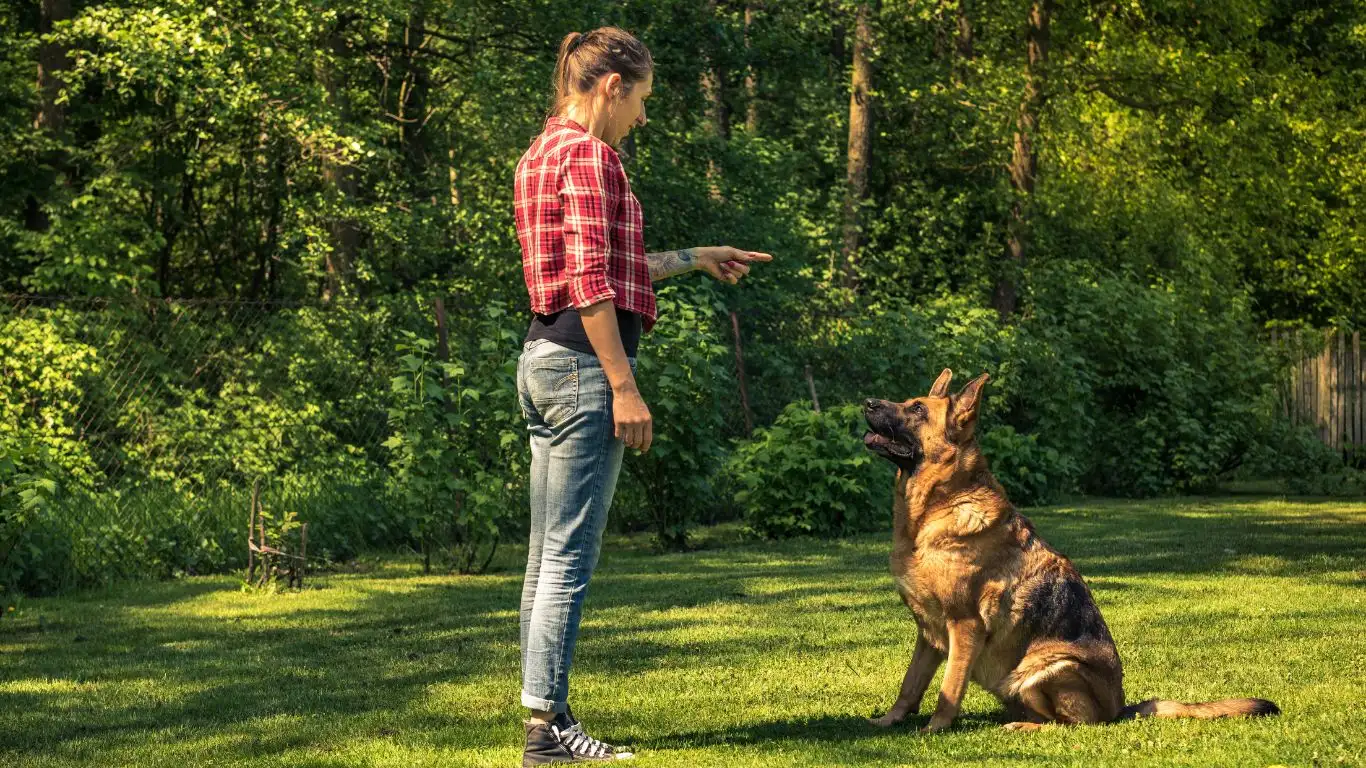
Positive reinforcement is one of the most effective tools you can use during this training process. It’s not just about giving your dog treats every time they hear a noise—it’s about creating a lasting, positive association with those noises. Over time, as your dog begins to hear a variety of sounds without fear, you’ll notice their confidence grow.
When working with dogs in my therapy training sessions, I always emphasize the importance of rewarding calm behavior. For instance, when a dog hears a loud noise and doesn’t react with fear, that’s the moment to reward them. Positive reinforcement teaches your dog that calm behavior leads to rewards, which in turn encourages them to stay calm in future situations.
Different Types of Positive Reinforcement
Positive reinforcement doesn’t always mean giving treats. It can include a variety of things that motivate your dog, such as:
- Treats – A quick and easy way to reinforce behavior, especially for food-motivated dogs.
- Praise – Verbal cues like “Good boy!” or “Well done!” can be incredibly rewarding for some dogs, especially if they thrive on affection.
- Playtime – For high-energy dogs, a short game of fetch or tug-of-war can be the perfect reward.
Mixing up your rewards helps keep your dog engaged and motivated throughout the process. The more varied your reinforcement, the more your dog will look forward to training sessions.
Creating a Sound-Friendly Home Environment
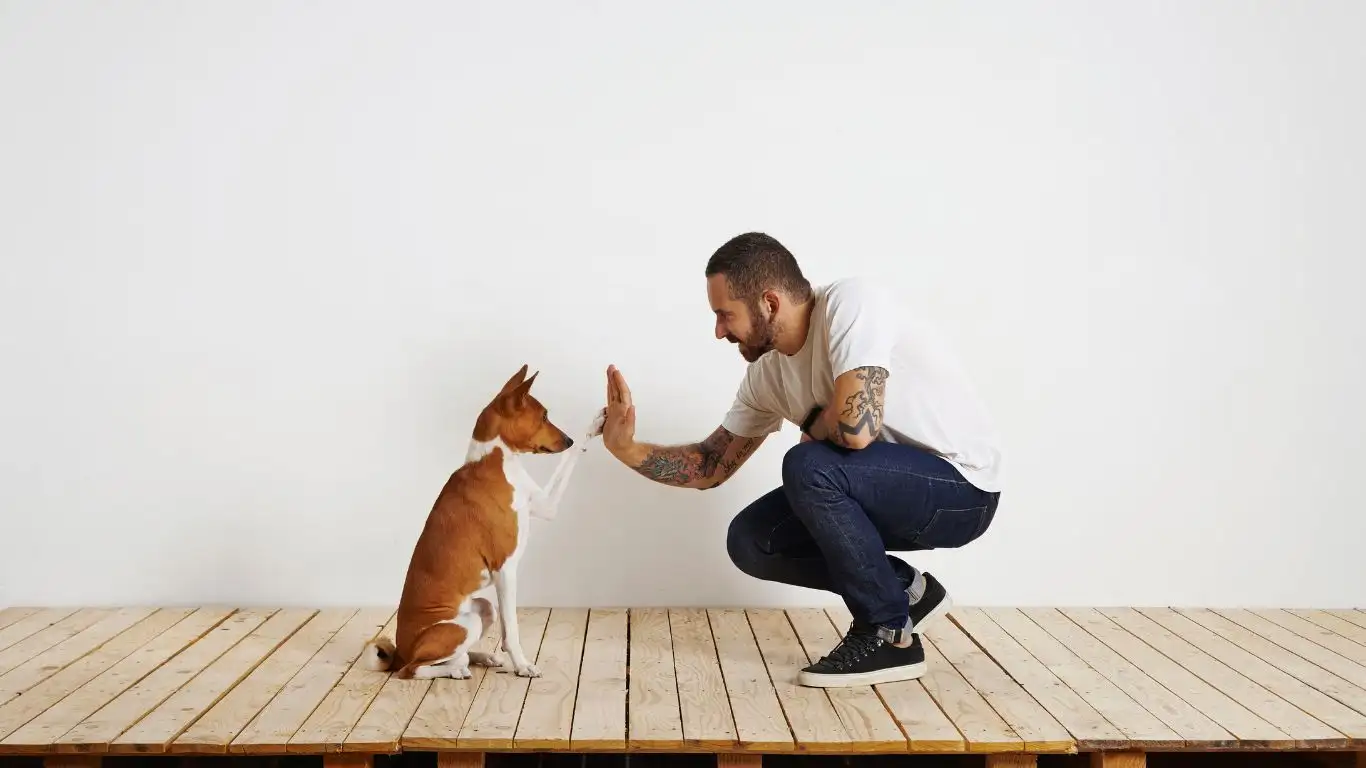
One of the best ways to help your dog adjust to different sounds is by making their home environment as sound-friendly as possible. It’s not about removing all the noises from your house—after all, that’s not realistic. Instead, it’s about creating a space where your dog feels safe and protected, even when the world around them is noisy.
Soundproofing Your Dog’s Space
If your dog has a specific area where they spend a lot of time, consider soundproofing it to some extent. You don’t have to go all out with heavy-duty soundproofing materials, but there are small steps you can take to make the environment quieter:
- Use thick curtains or blinds to block out street noise or the sound of cars passing by.
- Consider placing soft rugs or carpets on the floor to absorb sound.
- If possible, try to keep their resting area away from windows or doors where external noises are more likely to reach them.
While these changes won’t completely eliminate noise, they can help to reduce the impact on your dog, especially during times when they need to relax or rest.
Creating Positive Associations with the Environment
To reinforce the connection between your dog’s safe space and calmness, always pair the area with something positive. For instance, if your dog tends to retreat to a specific bed or crate when they’re scared, ensure that this area is associated with comfort and security. You can do this by providing their favorite toys, treats, or blankets in that space.
The more often your dog associates their safe area with positive experiences, the more likely they’ll feel comfortable retreating there when the sounds become overwhelming.
Incorporating Professional Help When Needed
As much as we’d love to think we can solve every dog-related issue on our own, there are times when it’s helpful (or even necessary) to seek professional assistance. If you’ve been working on sound desensitization for a while and you’re not seeing progress, it might be time to consult a professional dog trainer or behaviorist.
For dogs with severe anxiety or phobias, working with a certified professional can provide additional techniques and guidance that can accelerate the process. Trainers who specialize in desensitization and counter-conditioning can offer tailored advice, ensuring that your dog gets the best possible training for their unique needs.
Maintaining Long-Term Success: Keeping Your Dog Comfortable with New Sounds

Now that your dog has made significant progress in learning to be comfortable with various sounds, it’s time to shift focus from intensive training to maintaining that success over time. Consistency is key here. As with any skill, dogs need continued exposure to these noises to ensure that the training sticks and that your dog doesn’t revert to previous fearful behaviors. Even after a dog seems to have mastered desensitization, the world around them will continue to present new sounds that may spark anxiety again.
In my experience, this is a crucial part of sound desensitization training that many dog owners overlook. After a period of successful desensitization, you might feel tempted to stop the training sessions, thinking your dog is no longer afraid of certain sounds. But just like humans, dogs can regress. A storm that happens after a long quiet period might bring back some of the old fear responses, so it’s important to be prepared for this. In such cases, continuing with gradual exposure and reinforcing calm behavior with positive reinforcement can help your dog get back on track quickly.
Periodic Refreshers
Just as you would periodically review your own skills or knowledge, it’s essential to periodically expose your dog to the sounds they’ve learned to tolerate. While these sessions don’t need to be as intense as the initial desensitization training, they serve as useful refreshers to ensure that your dog stays relaxed and confident, even when a sound is unexpected or intense. It’s all about keeping their progress solid and preventing any setbacks.
When I work with therapy dogs, I always recommend that handlers continue to play sound recordings of common noises in the background, even once the dog is showing little to no reaction. This keeps the dog’s stress levels low while reinforcing their tolerance to sound. Think of it like a maintenance routine for a car; you keep it running smoothly with small adjustments and check-ups, rather than waiting for things to break down.
Managing Special Situations: Dogs with Severe Sound Sensitivities
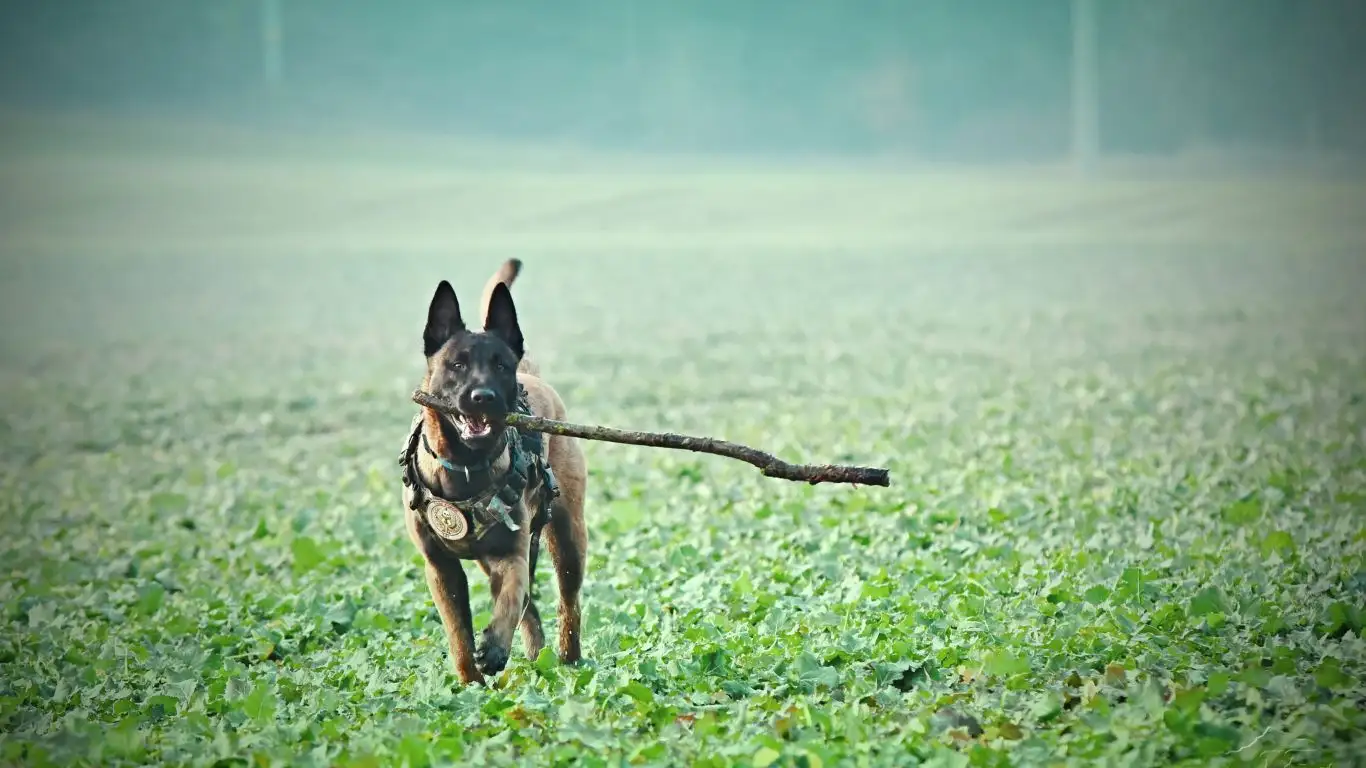
While most dogs can learn to cope with various sounds through gradual desensitization, there are instances where dogs exhibit severe sound sensitivities or phobias. These are more than just mild fears—they can cause significant distress and even behavioral issues that might require a more specialized approach. For dogs with severe reactions, it’s essential to manage their anxiety using a combination of training and, in some cases, veterinary intervention.
Signs of Severe Sound Sensitivity
It’s important to recognize when your dog’s fear of sound goes beyond the typical response. While the occasional whimper or retreat to a safe space is normal, dogs with severe sound sensitivity may exhibit behaviors such as:
- Excessive panting, drooling, or trembling when a loud sound occurs.
- Trying to escape or hide in places like closets, under furniture, or even in the bathroom.
- Destructive behaviors, such as chewing on furniture or scratching at doors, due to anxiety.
- Self-injury, such as biting their own paws or tails, in an attempt to cope with the stress.
If you notice any of these extreme behaviors, it’s time to consult a professional trainer or even a vet who can assess your dog’s anxiety levels and offer guidance on next steps. Sometimes, dogs with severe phobias may need medication or other therapeutic interventions in addition to sound desensitization.
Working with a Professional Trainer or Behaviorist
When a dog shows significant distress or anxiety about sounds, working with a certified professional dog trainer or a veterinary behaviorist can be incredibly helpful. These experts can offer more tailored advice based on your dog’s specific fears and temperament. They may also suggest advanced techniques such as counter-conditioning paired with behavior modification, or in more severe cases, medical treatments such as anxiety medications.
In many cases, professional trainers or behaviorists use specialized sound therapy sessions, where they work on helping your dog become desensitized to specific sounds in a controlled and gradual manner. These sessions often include a combination of controlled exposure, positive reinforcement, and sometimes environmental modifications to reduce sound triggers in your home.
References for Further Learning
If you’re interested in learning more about how to train a dog to be comfortable with different sounds or sound sensitivities, there are a number of helpful resources out there. Here are a few I recommend for further reading:
- American Kennel Club (AKC) – Offers detailed articles on canine behavior and training techniques.
- PetMD – Provides health-related advice for pets, including managing anxiety and sound sensitivity in dogs.
- National Institutes of Health (NIH) – Features research on animal behavior and therapy techniques.
- Health.com – Offers general wellness advice, including information on anxiety management in pets.
Disclaimer
The information provided in this article is for educational purposes only and is not intended to replace professional veterinary or behavioral advice. If your dog exhibits severe anxiety or fear related to sound, please consult with a certified dog trainer or a veterinary behaviorist to develop an appropriate training and treatment plan. Every dog is unique, and what works for one may not work for another, so personalized care is always the best approach.


